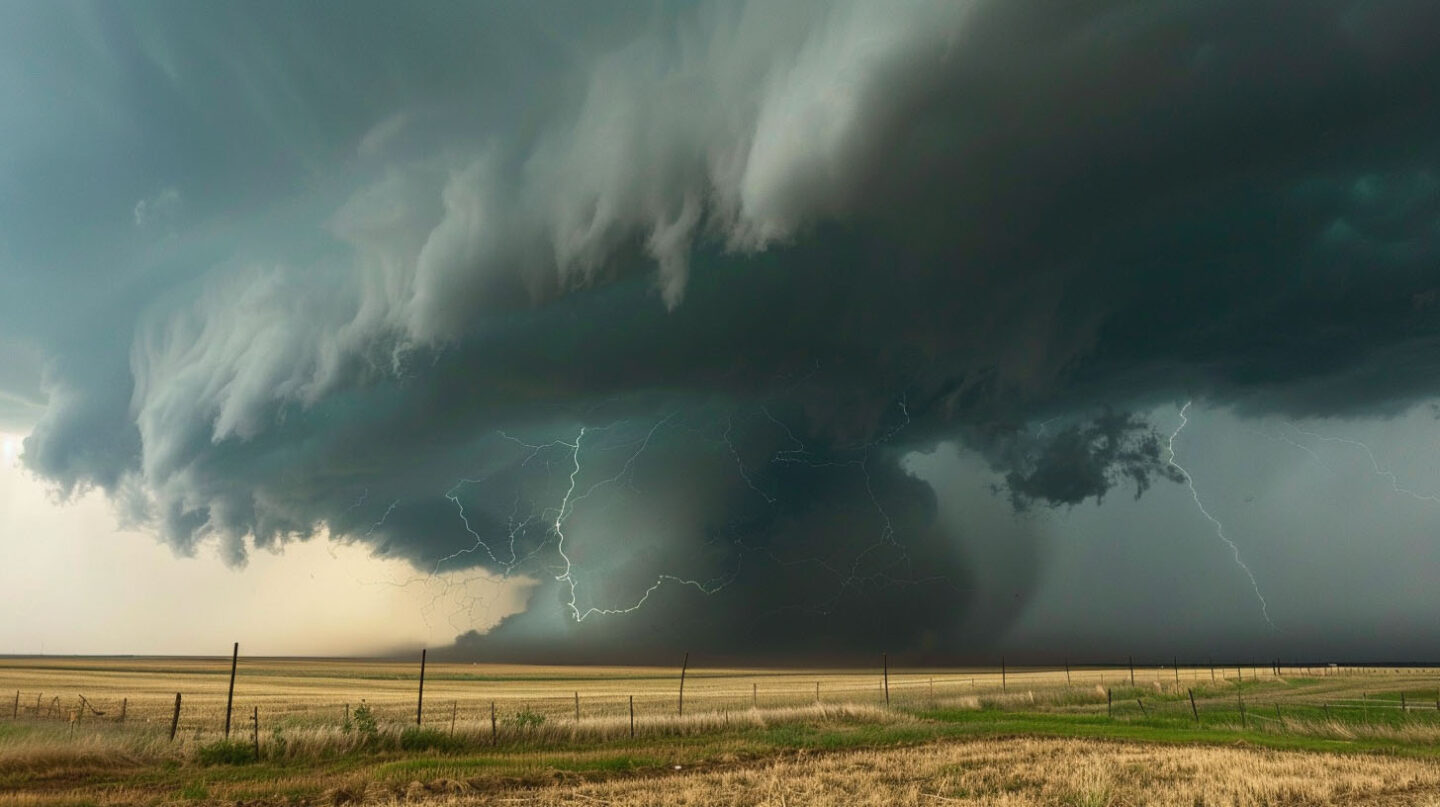After a hailstorm passes through Durham, NC it’s natural to look at your property and wonder about the extent of the damage. You might see dents on your car or patio furniture and immediately try to guess the size of the hail that fell. However, connecting damage patterns directly to hail size isn’t as straightforward as it seems. Making the wrong assumptions about a hailstorm can lead to costly mistakes. At The Shingle Master, we want to help you understand the facts about severe weather and protect your home.
Understanding Hail and Its Impact on Roofs
Hail is a unique form of precipitation that can cause significant property damage, especially to your roofing system. Unlike rain or snow, its impact force can bruise, crack, and strip away the protective layers of your shingles, which can also endanger nearby power lines, compromising your home’s first line of defense against the elements.
Accurately estimating hail size from the damage it leaves behind requires more than a quick glance. It involves understanding how hail forms, the typical sizes, including 0.25 inch diameter and 4.5 inch diameter, we see in our area, and how different materials react to impact. Let’s explore what you need to know to avoid common assessment errors.
What Is Hail and How Does It Form?
Hail forms in strong thunderstorms when updrafts carry water droplets into extremely cold areas of the atmosphere, such as those found in regions like Mississippi. These droplets freeze and accumulate layers of ice, eventually falling to the ground as hailstones, varying in size depending on the storm’s intensity.
Typical Hail Sizes Experienced
Typically, North Carolina experiences a range of hail sizes during severe thunderstorms, particularly from late spring through summer. The most common sizes include smaller hailstones, approximately peashooter-sized, up to larger hailstones that can reach quarter size, about an inch in diameter, and even large hail. The state is also subject to extreme weather conditions, with the National Weather Service monitoring the probability of hail through advanced weather radar technology. Understanding these typical sizes is crucial for homeowners assessing potential property damage after a storm.
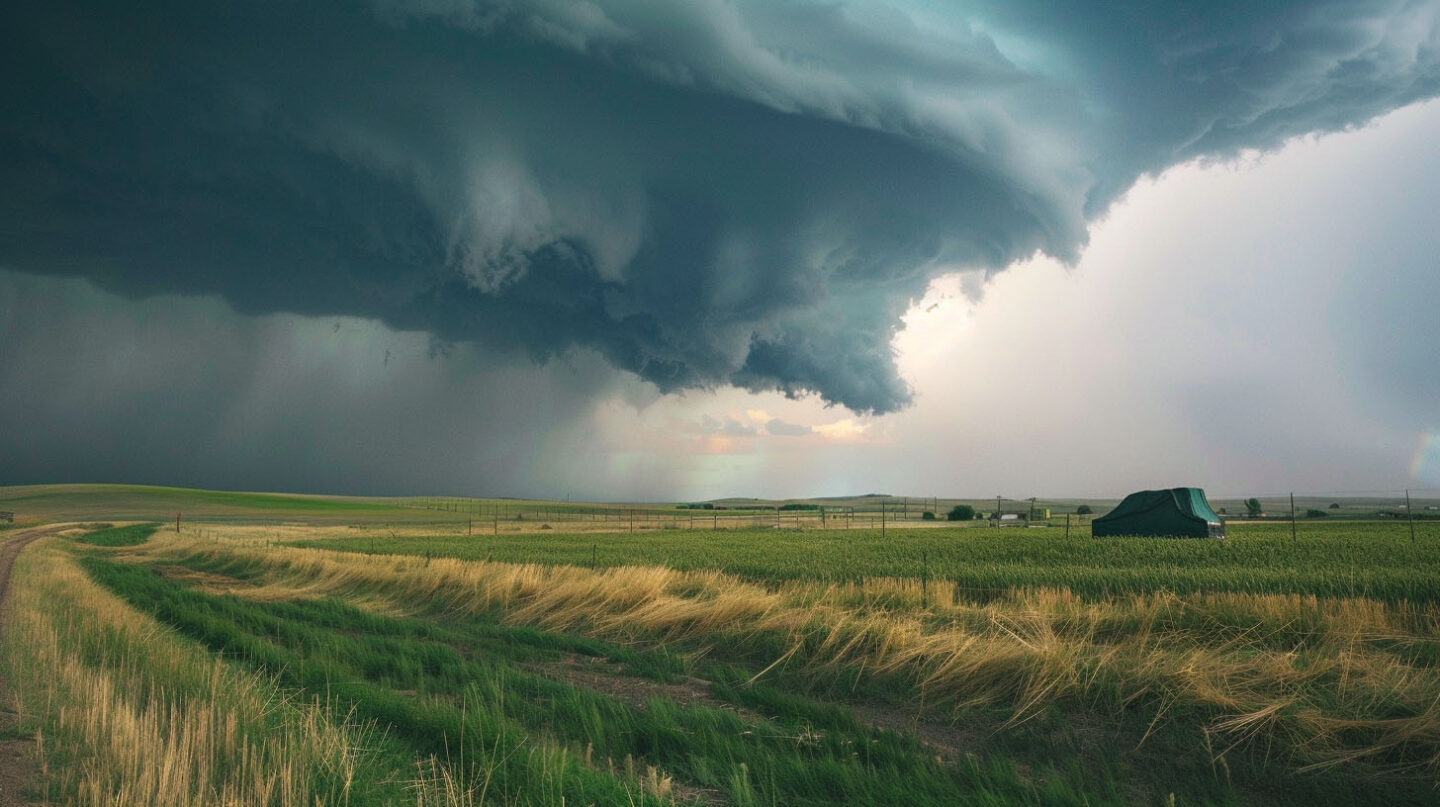
Common Mistakes in Estimating Hail Size from Damage
Many homeowners fall into the trap of assuming that larger dents always indicate larger hailstones. This misconception can lead to significant inaccuracies when assessing potential roof damage. Additionally, relying solely on visual inspection without considering various damage patterns can result in misleading estimations. Understanding that the type of roofing material affects how hail impacts its surface is crucial. By avoiding these common mistakes, property owners can make more informed decisions regarding insurance claims and necessary repairs after a severe thunderstorm.
Why Bigger Dents Don’t Always Mean Bigger Hailstones
Hail damage often misleads homeowners regarding the size of the hailstones responsible for the dents on surfaces. A common misconception is that larger dents directly correlate with larger hailstones. In reality, factors such as the type of roofing materials and the intensity of the updraft during a severe thunderstorm significantly affect the dent size. For example, asphalt shingles may show larger impressions from smaller hailstones due to their susceptibility to deformation, emphasizing the importance of thorough inspection rather than assumptions.
Overestimating Versus Underestimating—Risks to Your Roof
Balancing the scale between overestimating and underestimating hail size is crucial for homeowners. An inflated assumption may lead to unnecessary repairs and insurance claims, while underestimating can result in severe damage going unnoticed, leaving roofs vulnerable to leaks and decay. Accurate damage assessment involves observing dent patterns and utilizing weather radar technology, which confirms the size and impact of the hailstones. These insights help mitigate risks and ensure roofs maintain their integrity despite extreme weather events.
Visible Signs of Hail Size on Roofing Materials
While a dent’s size alone is not a perfect indicator, there are visual clues on your roofing and property that can help determine the approximate size of hail that fell. Professionals look for a collection of damage patterns, not just a single indentation on a shingle.
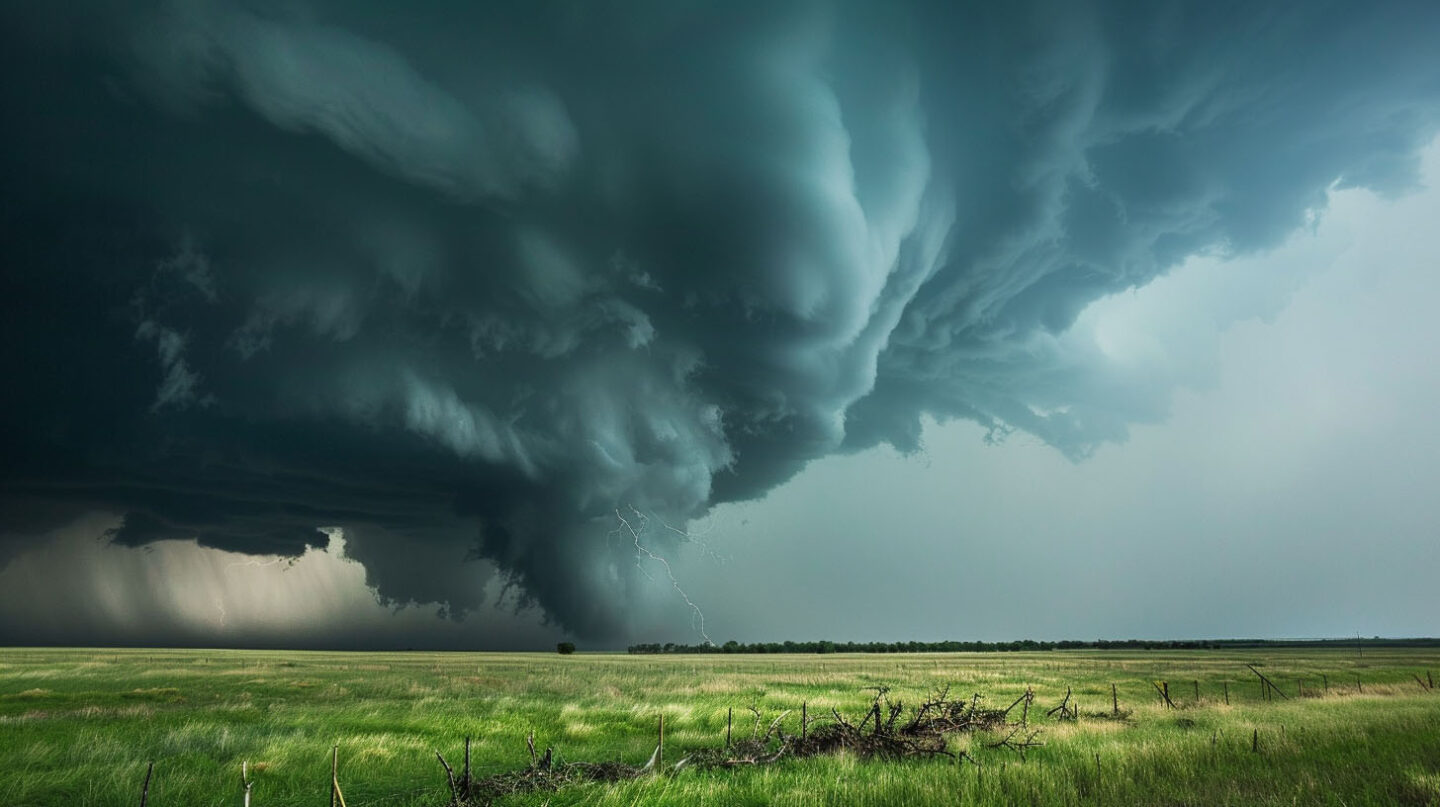
The type of damage, its depth, and where it appears all tell a story. By examining everything from shingle bruising to marks on metal components, an experienced inspector can piece together the evidence to make an accurate assessment. Let’s look at what these signs are and how to interpret them.
Interpreting Shingle Bruising and Indentations
Shingle bruising often manifests as dark spots or indentations on asphalt shingles, providing critical insights into the size of hail impacts. These surface anomalies result from the compression of granules beneath the shingles, which can mislead assessments regarding the size of hailstones. Smaller hail can produce significant bruising, while larger hailstones may not leave extensive damage to the mat. Proper interpretation requires understanding the formatting of both dent patterns and the surrounding areas, informing homeowners about potential risks and insurance claims associated with widespread hail damage.
Damage Patterns on Metal Vents, Gutters, and Siding
Damage to metal vents, gutters, and siding can reveal essential insights into the size of hailstones from a recent storm. Indentations and scratches in these materials often indicate the impact force and size of the hail. For instance, smaller hailstones may create minor dents, while larger hail can result in significant deformation. Assessing these damage patterns requires an understanding of the physical properties of each material, as well as the algorithms used by professionals to estimate hail size accurately.
Industry Guidelines for Assessing Hail Damage
This is why certifications matter. Organizations like Haag Engineering provide standardized, science-based training for inspectors to ensure assessments are consistent and accurate. A Haag Certified inspector from a trusted company like The Shingle Master uses proven techniques to evaluate hail damage correctly.
Tools and Techniques Used by Haag Certified Inspectors
Haag Certified Inspectors utilize advanced weather radar technology and systematic algorithms to assess hail damage accurately. These experts are trained to evaluate various types of damage, leveraging tools like laser distance meters to measure dents and determine the size of hailstones involved. Inspections often include visual assessments of shingles, metal vents, and siding to identify bruising patterns indicative of severe weather. This comprehensive approach ensures proper evaluation, crucial for homeowners navigating insurance claims related to property damage from hailstorms.
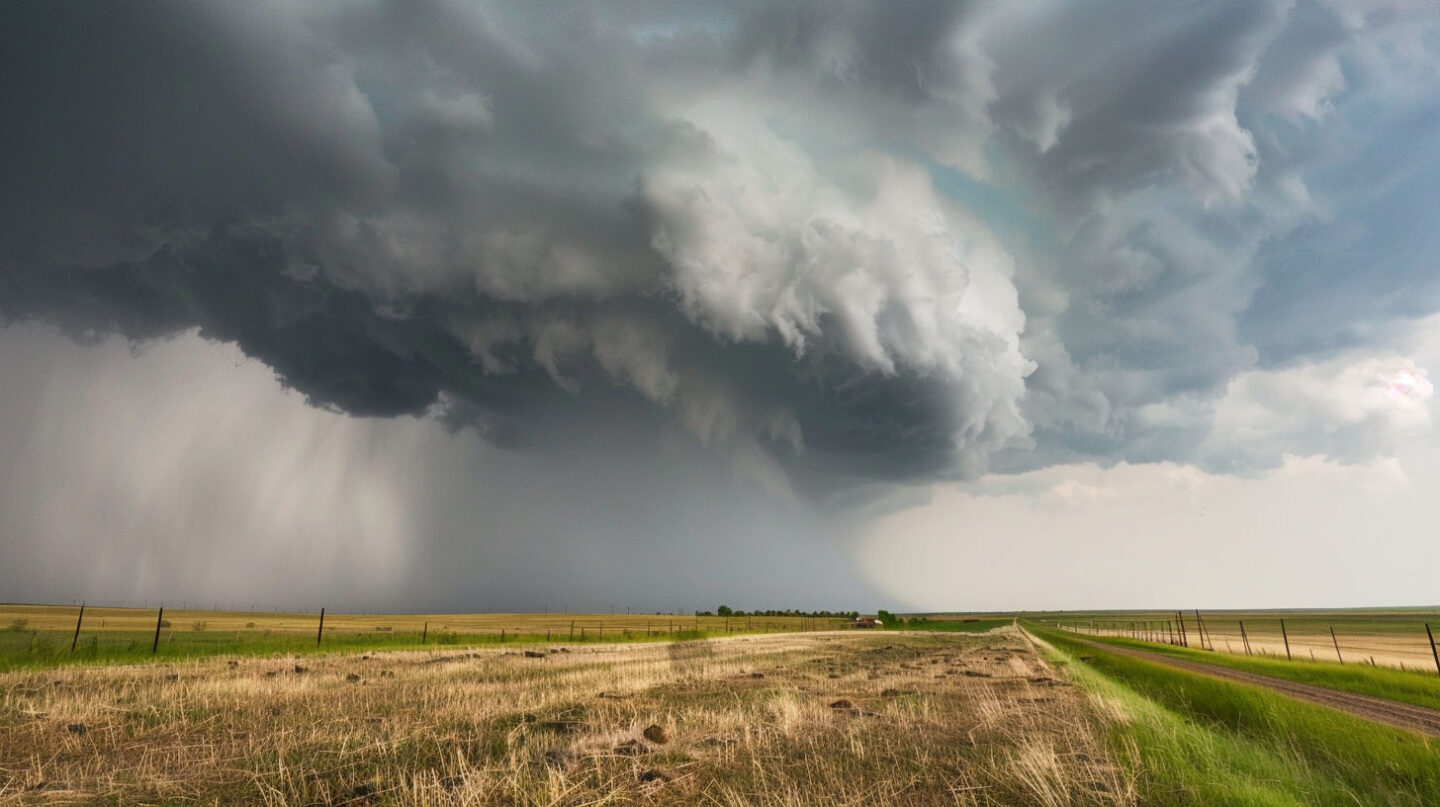
How Insurance Companies Determine Hailstone Size from Damage
Insurance companies typically rely on seasoned Haag certified inspectors to evaluate hail damage, ensuring accurate assessments for claims. These experts analyze the unique types of damage, such as indentations and shingle bruising, across various materials. Utilizing advanced weather radar technology, they correlate visible damage patterns with the anticipated size of hailstones, applying algorithms and historical data. This meticulous approach helps them avoid overestimating or underestimating the severity, ultimately safeguarding homeowners against extreme weather-induced property damage.
Get in Touch
In summary, accurately estimating hail size from damage patterns is essential to properly assess potential property damage and inform homeowners about the potential risks associated with the content of any linked website. Misjudgments can lead to significant financial implications for insurance claims and repair work. Remember, damage evaluation requires careful analysis, considering multiple factors including the specific types of damage observed on roofing materials. By relying on data from the National Weather Service and utilizing advanced weather radar technology, one can achieve a more precise understanding of hail impact, ultimately safeguarding property investments. Our awards include GAF Master Elite Contractor, BBB A+, Haag Certified Inspector, NC Licensed General Contractor, and Raleigh’s Best Roofing Contractor, further underscoring our commitment to quality and reliability in roofing services.
Frequently Asked Questions
What are the three most important parameters to use to forecast hail?
To forecast hail, and rainfall, meteorologists primarily look at atmospheric instability, moisture levels, and the strength of the storm’s updraft. Modern weather radar technology and advanced algorithms help analyze these factors to predict the likelihood and potential size of this form of precipitation, identifying conditions that can support a strong updraft.
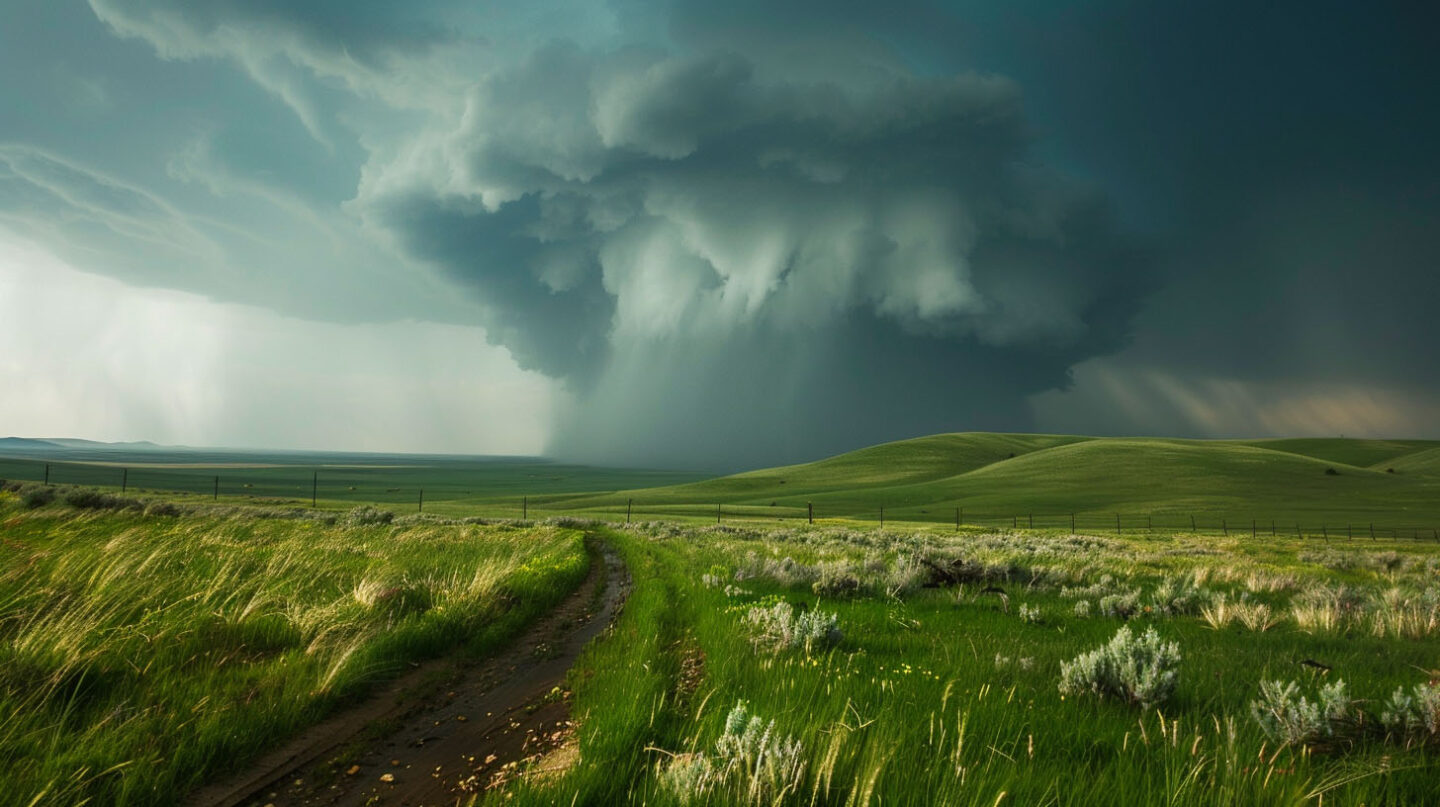
What determines the size of hail?
The size of a hailstone is determined by the strength and duration of the updraft within a severe thunderstorm. A powerful updraft keeps a forming water droplet suspended longer, allowing it to collect more layers of ice and grow larger in diameter before it becomes too heavy and falls.
How big does hail need to be to do damage?
Hail that is 1 inch in diameter (quarter size) is considered severe and can definitely cause property damage to roofing and siding. However, even smaller hailstones, especially when driven by high winds during thunderstorms, can cause significant granule loss on shingles, leading to long-term problems if not addressed.
Read our blog: Drip Edge + Underlayment: The Correct Installation Sequence

